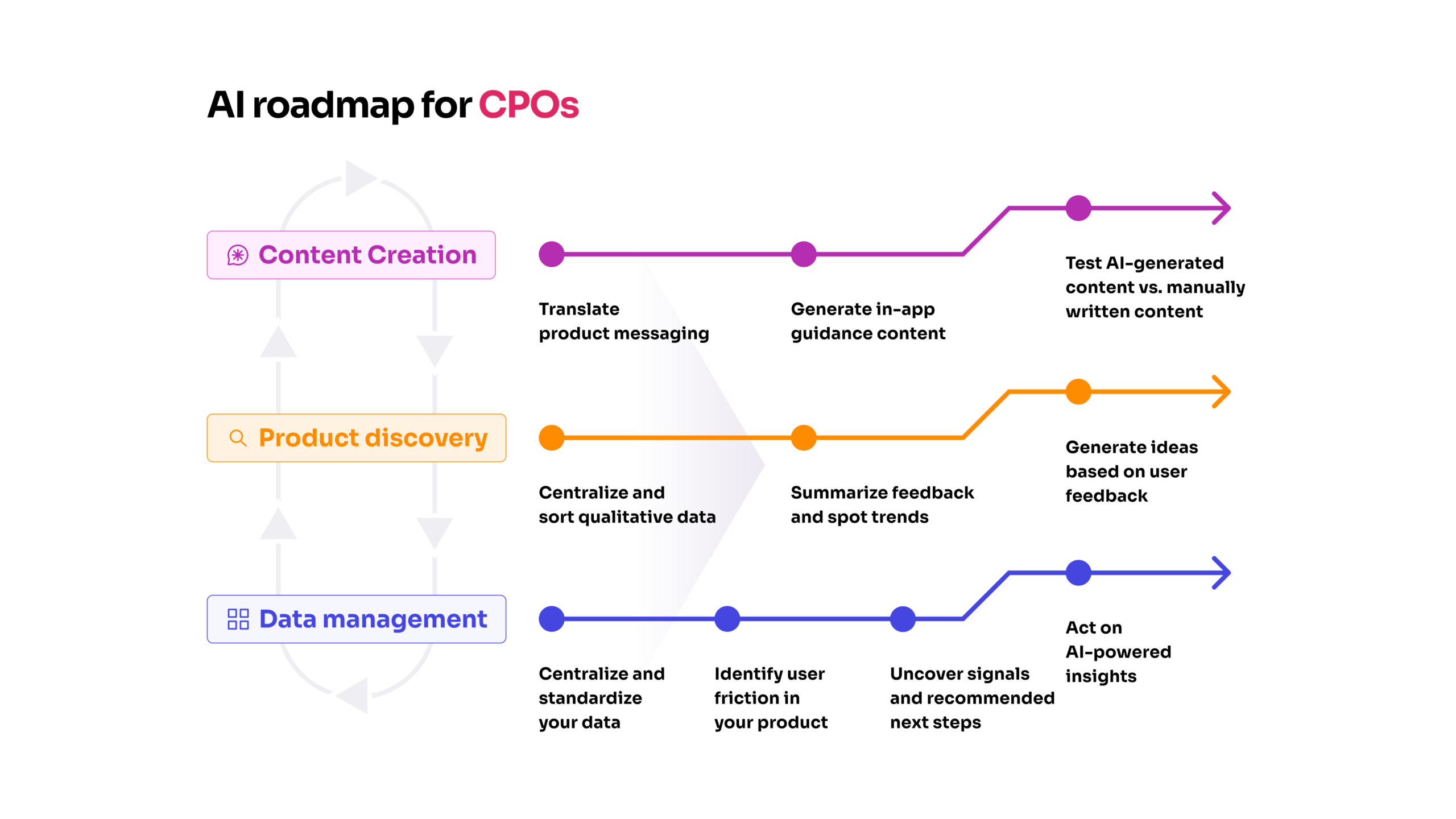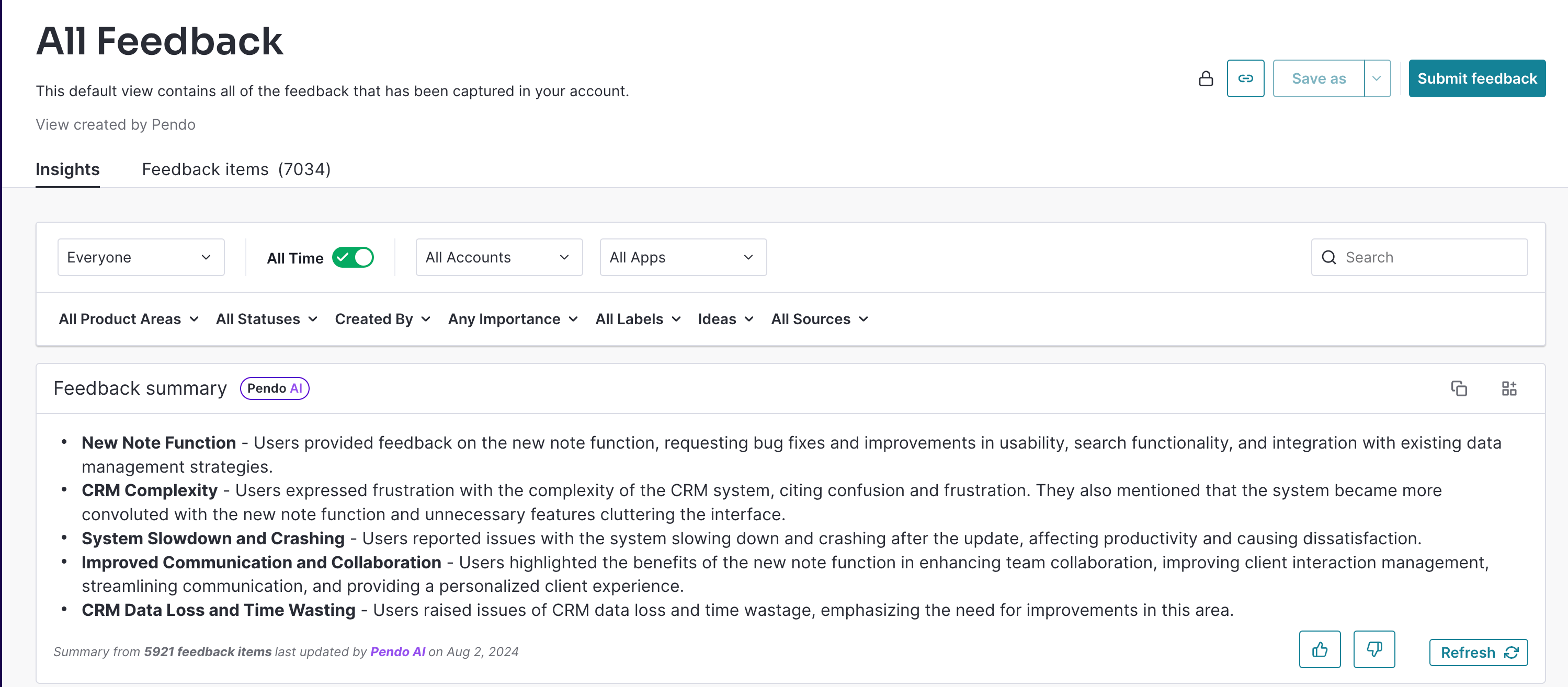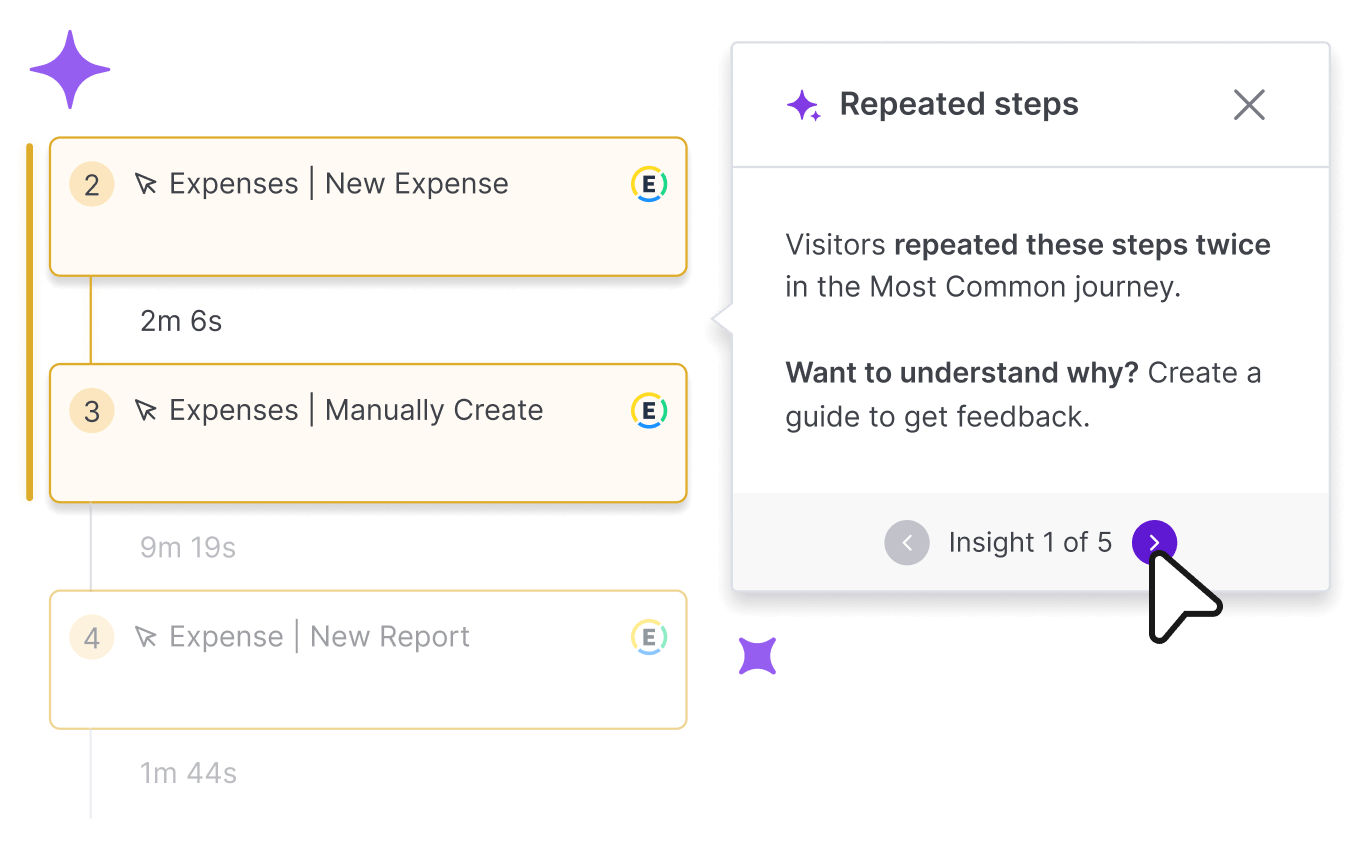We’ve witnessed three distinct eras of evolution in software: from on-premise, to cloud-based, and now AI-based. The shift from on-premise to cloud tools led to easier deployment, but the software itself wasn’t any easier to use. Users were still “hunting and pecking” their way through applications to find what they needed.
In the current AI era, software has finally become easy to deploy and easy to use. Generative models mean applications can truly help users perform work. Rather than learning how to use digital products to do your job, you can work how you want and let your digital products learn how to support you. Just as every company eventually becomes a software company, every company will also become an AI company.
Your three-pronged roadmap to a successful AI/ML implementation
Most of us don’t embark on a road trip without our directions, and your product team’s AI implementation is no different. To reach your destination without any unnecessary detours, pit stops, or U-turns, you need to plan each leg of your journey beforehand.
These three milestones will help you deploy AI initiatives successfully, align your tactical efforts with your greater strategic business objectives, and help you measure its impact. At Pendo, we recommend building your AI roadmap via three phases: Identifying quick wins, improving discovery, and finding signal in the noise.
Here’s a high-level overview of Pendo’s AI roadmap:

Phase 1: Audit your current stack for quick wins
Start by doing an audit of your product and prioritize the low-hanging fruit that can deliver quick, easy wins with large language models (LLMs). Generative AI means you can create new content (e.g. in-app guides) that pulls from work you’ve already done (e.g. support articles) to improve adoption without extra work.
The modern CPO is responsible for so much more than shipping features. Adoption, engagement, and even growth have become part of a product team’s job. However, improving performance takes many different skill sets—copywriting, graphic design, and even engineering—which can slow teams down. All of this is low-hanging fruit for generative AI.
- Translate product messaging faster. Rather than managing third-party agencies, translators, and .XLIFF files, use AI to speed up in-app translation, lower costs, and expand globally.
- Generate better in-app guide content. Upload existing product documentation and support resources into the platform, and use a writing assistant to automatically create in-app guides based on content, tone, and writing style.

- Test AI-generated vs. manually written content. Does an AI-generated new user onboarding guide have higher engagement rates than your current one? Test, iterate, and refine your in-app messaging to maximize your product’s growth.
Phase 2: Accelerate product discovery
Smaller companies can sit with support and sales to understand customer sentiment. Large enterprises, on the other hand, need help synthesizing user feedback, avoiding bias, and understanding what high-value customers actually want.
AI is a must-have for businesses scaling their customer intelligence programs.
- Centralize and sort qualitative data. AI can synthesize user inputs across NPS responses, in-app feedback, sales calls, support tickets, review sites, email, and other third-party sources for a 360-view of user sentiment.
- Summarize feedback and spot trends. Once you’ve consolidated user feedback in one place, product teams should speed up feedback analysis with AI-powered summaries. You can get right to insights, eliminate triaging altogether, and reallocate weeks of time to acting on this feedback.

- Generate product and UX ideas based on user feedback. Let AI create product ideas and predict customer needs based on historical feedback and high-value user segments. AI gives you the ability to narrow in on feedback from specific groups of users (e.g. valuable enterprise accounts, super users, churn risks) to prioritize the right features and build a high-impact roadmap.
Phase 3: Find signals in the noise of product data
As products grow, data can become unmanageable. Managing large volumes of quantitative and qualitative data is manual, time-consuming, and never-ending. To simplify this, product teams should be using AI tools to integrate disparate data sources, improve data quality, and translate this data into actionable insights.
Depending on your current workflows and tech stack, you may be ready for beginner, intermediate, or advanced AI implementation.
- Centralize, standardize, and clean up data sources. The first step to analyzing product performance is bringing all of your usage data in one place, and translating it into a cohesive language.
- Identify user friction in your product. If AI-powered insights reveal that your product’s core workflow has unnecessary friction points, you can remedy them to speed up your time to value and adoption.
- Uncover signals and recommended next steps. Imagine the insights you’d unearth when all of your product data is unified, talking to each other, and backed by the sharp eye of AI tools. AI can weave all of your product experience data together to paint a 360-degree view of your customer experience—and then recommend next steps. For example, CPOs can use AI-powered suggested replay footage to see what’s happening in your digital app. Then, your AI tools should give you recommended next steps to solve problems around user retention, adoption, and engagement.

- Act on AI-powered insights. Valuable information often goes unnoticed simply because we’re creatures of habit, and don’t think to look in certain places. Once your product data is centralized and standardized, AI can surface information that would have otherwise been lost in large volumes of data. Are there features your users have suddenly ignored? Are you seeing an unusual amount of rage clicks in your newly launched user interface?
_____________________________________________________________________________________________
Pendo is so much more than a product experience platform. Get certified in AI for Product Management, or see what’s possible with Pendo AI.


